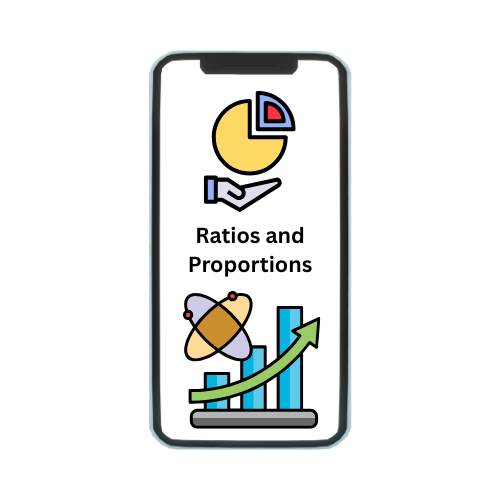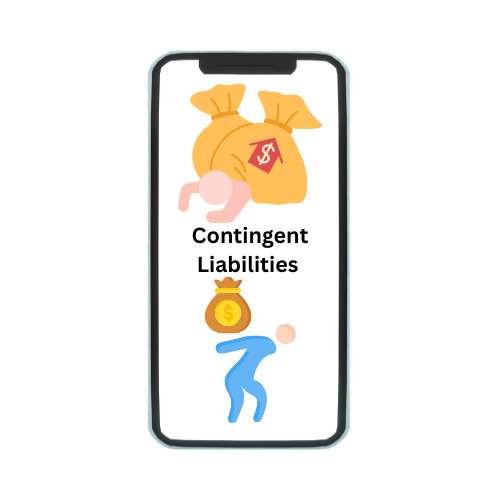The effective tax rate (ETR) is a measure of the average rate at which an individual or corporation is taxed on their taxable income. It is calculated by dividing the total tax paid by the total taxable income, providing a clearer picture of the actual tax burden compared to statutory tax rates. The effective tax rate takes into account deductions, exemptions, and credits, reflecting the real impact of tax policies on taxpayers. For individuals, it helps assess the tax impact on income, while for corporations, it serves as a key indicator of tax efficiency and overall financial health.
Definition of Effective Tax Rate
The effective tax rate is calculated as follows:
Effective Tax Rate (ETR)=Total Tax Paid/Total Taxable Income
- Total Tax Paid: This includes all taxes owed to federal, state, and local governments, adjusted for any tax credits and deductions.
- Total Taxable Income: This is the income that is subject to taxation after accounting for deductions and exemptions.
The resulting percentage reflects the proportion of income that is paid in taxes, providing insights into the taxpayer’s actual tax burden.
Importance of Effective Tax Rate
The ETR is important for several reasons:
- Comparison Tool: The ETR allows individuals and businesses to compare their tax burdens with those of others, providing a clearer understanding of tax equity and fairness. It can be particularly useful when comparing entities within the same industry or income bracket.
- Tax Planning: Understanding the effective tax rate helps individuals and corporations make informed decisions regarding tax strategies, investments, and financial planning. By knowing their ETR, taxpayers can identify opportunities for tax savings and better allocate resources.
- Policy Analysis: Policymakers and economists use ETRs to evaluate the effectiveness of tax policies and their impact on different income groups. This can inform decisions on tax reforms and adjustments to the tax code.
- Financial Analysis: For corporations, the ETR is a key indicator of tax efficiency and overall financial health. It is often analysed by investors and analysts to assess a company’s profitability and cash flow.
Factors Influencing Effective Tax Rate
Several factors can impact the effective tax rate:
- Deductions and Exemptions: Taxpayers may qualify for various deductions (such as mortgage interest or charitable contributions) and exemptions that lower their taxable income, thus affecting their ETR.
- Tax Credits: Unlike deductions, which reduce taxable income, tax credits directly reduce the amount of tax owed. This can significantly lower the effective tax rate for individuals and businesses.
- Income Level: The structure of the tax system, with its progressive tax brackets, means that higher-income earners may face a higher statutory tax rate but can have a lower effective tax rate due to deductions and credits.
- Type of Income: Different types of income (such as capital gains or dividends) may be taxed at different rates, influencing the overall effective tax rate.
- Business Structure: Corporations, partnerships, and sole proprietorships may face different tax treatments, affecting their effective tax rates based on how income is reported and taxed.
Effective Tax Rate for Individuals vs. Corporations
- Individual Effective Tax Rate: For individuals, the ETR is calculated based on total personal income, including wages, investments, and other sources of income. Factors like filing status, number of dependents, and available deductions significantly influence the ETR.
- Corporate Effective Tax Rate: For corporations, the ETR reflects the total taxes paid relative to pre-tax profits. It can be influenced by various factors, including the use of tax planning strategies, the jurisdiction in which the business operates, and the types of expenses that can be deducted.
Limitations of Effective Tax Rate
While the effective tax rate provides valuable insights, it has certain limitations:
- Complexity: The calculation can become complex due to varying definitions of taxable income and the multitude of deductions and credits available.
- Non-Representativeness: The ETR may not fully represent the tax burden if a taxpayer experiences significant fluctuations in income or one-time tax events.
- Variability: ETRs can vary significantly from year to year, depending on changes in income, tax laws, or individual circumstances, making it difficult to establish long-term trends.
Conclusion
The effective tax rate is an essential measure for individuals and corporations to understand their actual tax burden relative to their income. By considering total taxes paid and taxable income, the ETR provides a clearer picture of the impact of tax policies, guiding financial planning and investment decisions. While it has limitations and can be influenced by various factors, the effective tax rate remains a vital tool for assessing tax equity, efficiency, and the overall financial health of taxpayers. Understanding ETRs is crucial for navigating the complexities of tax systems and making informed decisions in an ever-evolving financial landscape.






